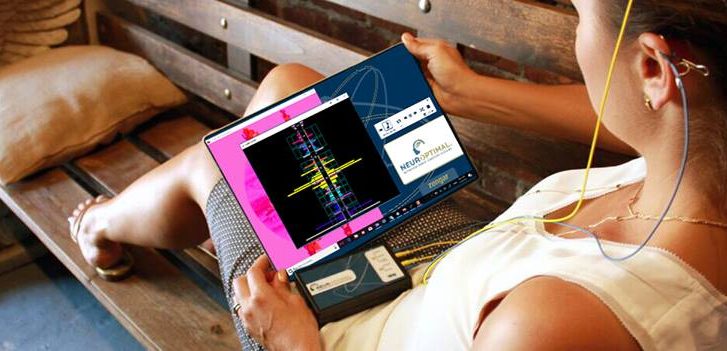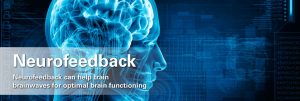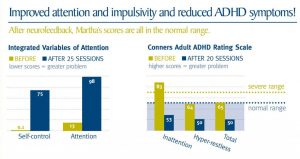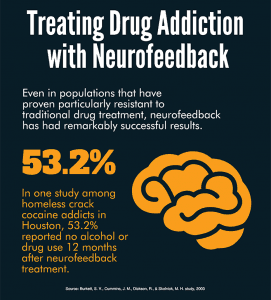ADHD Natural Treatment Approaches are a great way to reduce or eliminate prescription drugs that you or your child takes. Even if your child has not been formally diagnosed with Attention Deficit Hyperactivity Disorder but you suspect it, you may use these natural approaches which for the most part are just good nutrition.
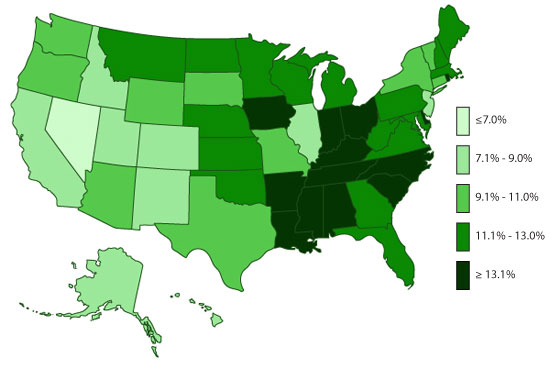
State-based Prevalence Data of ADHD Diagnosis (2011-2012): Children EVER diagnosed with ADHD – Source US CDC
ADHD at times might appear pandemic due to the ever increasing rise in diagnosis. From the CDC infographic on the right you can see that Florida has had 11.1 – 13% of its population officially diagnosed with ADHD as of their 2012 report. Boys are diagnosed with ADHD at a much higher rate than girls.
So from this – KNOW YOU ARE NOT ALONE.
Most ADHD persons are either auditory (listening) or kinetic (hands on) learners. They naturally are wired to jump in and get physically involved with their environment. So sitting still in a classroom all day is simply against their nature.
Remember, it actually was not long ago that humans were hunters and gatherers. It was even more recent that the average person toiled away in fields. Modern life is actually counter-intuitive to our biology. We are very complex beings with incredible intellectual abilities and potential, but that big brain is connected to a body that is fundamentally designed to PHYSICALLY WORK. Sitting behind a desk all day IS NOT NATURAL for anyone let alone a young child.
Schedule your appointment to get individual Prescription Drug Counseling to review your / child’s specific ADHD needs, current medications and a natural treatment plan.
ADHD Natural Treatment Approaches
Lots of Physical Play, Limited TV / iPad and Family Engagement
Be sure your child has plenty of physical activity. When our son seems a bit hyped up he runs laps around the back yard. Today there is too little time spent on active play and too much time spent with tablets / iPads. Sure some cognitive ability can be developed with games but for an active child the physical action is absolutely necessary. When I was a child my mother had a rule we lived by.
After school or during the summer we were outside and didn’t go (weren’t allowed) back in unless we were thirsty, hungry, needed to us the bathroom or was bleeding.
We were required to use our imagination and play outside. We were each allowed one TV show (I had two sisters so that meant we all could watch 3 shows – each could choose one). In our home now we use internet based TV, so via HULU, our 7-year-old son watches “The Brady Bunch.” Sure he watches other shows too, but I find the simple, non-hyper well-written stories are great lessons. We also strive to have family game night at least twice a week where we sit and build LEGO set, play cards, Connect Four,Trouble and many activities. We are fortunate to have some kids his age on our block and they play outside for around 2-3 hours every day after school and up to 5 hours a day on the weekends.
Nutrition
Many diseases can be avoided and often corrected by a proper healthy diet. ADHD persons tend to be drawn to carbohydrates which spike the blood sugar levels sending their brains into a hyperactive mode. So limit carbohydrates, specifically glutens and sugar in any form even artificial sweeteners and caffeine.
When the blood sugar drops their ability to focus is lost. It’s like a roller coaster of brain activity cranking up and plummeting down.
Ensure the ADHD person is getting enough protein across animal, eggs legume (beans), nuts and dairy (avoiding any allergies). Also high fiber in the form of fresh fruit and veggies. These provide sustainable carbs and loads of vitamins and nutrients in their whole natural form. If you’d like to save a bit be sure to check out the Lakeland Downtown Curb Market and the Auburndale Flea Market’s Produce isle. I’ve found Sunday between 2 – 4pm at the Auburndale Market the be the lowest prices as vendors slash prices before their last hour of sale. I find I save around 40 – 60% off product compared to local grocery stores.
Supplements
Naturally it would be ideal to obtain all the vitamins and mineral needed for optimal health and function from the foods we eat. But having kids ourselves we realize that getting kids to eat everything they should is a challenge. This list is not an exhaustive listing of what your child should have for total health, rather it is featuring those that can play a key role in managing and reducing symptoms of ADHD. The good news is that is is extremely difficult to overdoses on vitamins. The typical worst side effect is very yellow urine.
1. A quality B complex is essential for optimal energy and brain function. It should include:
- Thiamin
- Riboflavin
- Niacin
- B6
- Folate
- B12
- Biotin
- Pantothenic Acid
- Choline (good to have)
- PABA (good to have)
2. A quality D3 which our bodies naturally produce with exposure to the sun. However most people do not get enough sunlight so supplementing is a good idea. D3 is the precursor – the building block – to a large number of hormones. Without it our body is deprived of optimal health and function.
3. A good Probiotic which will assist immunity, food break down into usable and digestible component. This could be Kefer or yogurt or fermented foods such as sour kraut for a natural source.
4. Good sources of Omega 3 Fatty Acid. Fish oil is better than Ritalin for ADHD, according to a study from the University of Adelaide in Australia. The omega-3 fatty acids, including DHA and EPA, within fish oil are critical for brain function and are also strong anti-inflammatories. So we recommend:
- Fish Oil
- Flax Seed Oil
Know that Flax Seed oil supplements need to be refrigerated else it will degrade and may spoil. Walnuts, Basil and Oregano are also source of Omega 3 Fatty Acids although small amounts but every bit helps.
5. Zinc – Children and adults with ADHD should supplement their diets with a high-quality zinc supplement. Low levels of zinc are associated with poor neurological function, poor attention and a variety of motor disorders. Dark green leafy veggies and beans are great natural sources of Zinc.
Essential Oils
Vetiver Oil has been used in traditional medicine in South Asia, Southeast Asia and West Africa for thousands of years and is a native to India where it’s known as“oil of tranquility.” It is the primary essential oil discussed with it come to management of ADHD back by Recent research which credits vetiver oil for treating symptoms of ADHD. Along with other uses it’s also known to treat insomnia without drugs.
Cedar Wood Oil is likely the most ancient of all Essential Oils. It helps to oxygenate the brain resulting in clearness of thought. This come from the Cedar tree and is known to active the limbic region of the brain, which is responsible for balancing emotions and feelings. It has a soothing effect, especially when diffused into the air.
To apply you may either add two drops of each to your hand and then rub on the child’s neck. Alternatively, if you like you can make a mister by adding 30 drops of each to a small 2-ounce colored glass bottle with a mister spray top and adding filling with rubbing alcohol. Just gently shake the bottle and provide 2 – 6 sprays on the neck, back and or chest while dressing.

